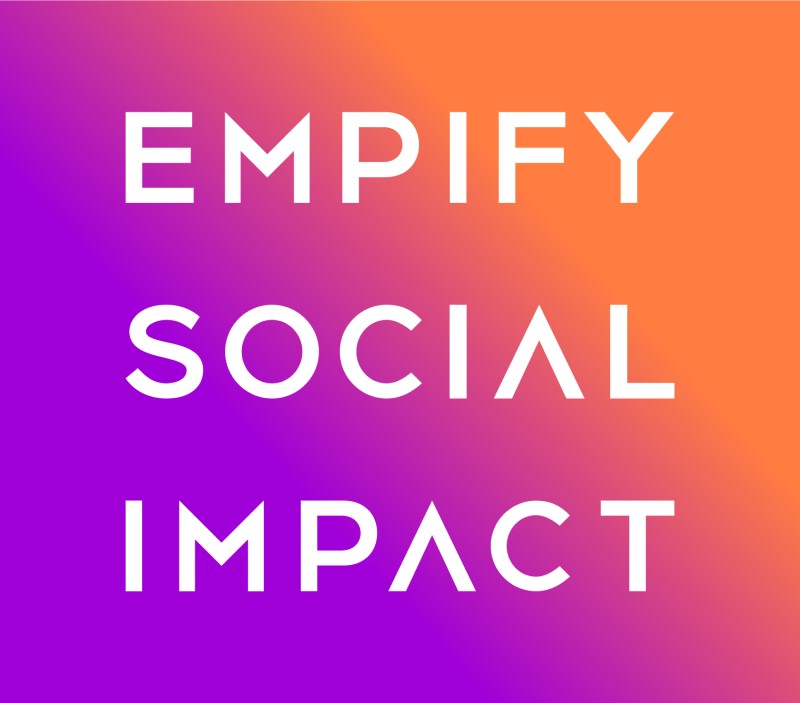Have you ever wondered how your team interprets the policies and practices of your company? Today, we’ll look at this from the perspective of neuroinclusion. Neuroinclusion is the commitment to creating an environment that is friendly and supportive for all individuals, regardless of their unique neurology, including people with autism, ADHD, dyslexia, and other neurodivergences.
Here is an organized and edited list of 15 practices suggesting that your company may not be neuroinclusive:
- The company only talks about neurodiversity on LinkedIn (watch out! new concept: neuro-washing).
- The company requires turning on cameras during all meetings.
- Questions for recruitment meetings are not sent in advance.
- All employees are required to participate in meetings and team-building trips.
- There are no individuals in the management team who openly talk about their atypicality.
- The company’s budget does not allocate funds to support neurodivergent employees.
- Flexible working hours are declarative, not actual.
- Job advertisements lack clearly specified duties and expectations for the candidate.
- Office workers do not have the option to choose remote work.
- The company introduced a dress code, despite the absence of meetings with external clients.
- Employees do not have the option to reserve a workplace in a quiet, closed space outside the open office.
- There is a lack of training on neurodiversity for both managers and employees.
- Employees are not allowed to wear headphones in the office.
- The company does not consult with atypical employees when creating new policies.
- The company’s Diversity, Equity, and Inclusion program does not include neuroinclusion.
Employers, avoid the above practices at all costs. Remember, neuroinclusion not only creates a positive work environment but also contributes to increased productivity, creativity, and employee loyalty. Everyone has unique abilities and talents that can contribute to the success of your company, so it’s worth investing in neurodiverse teams.
Source: Article based on the post “10 things that tell employees your company is not #neuroinclusive” by Dan Harris.
